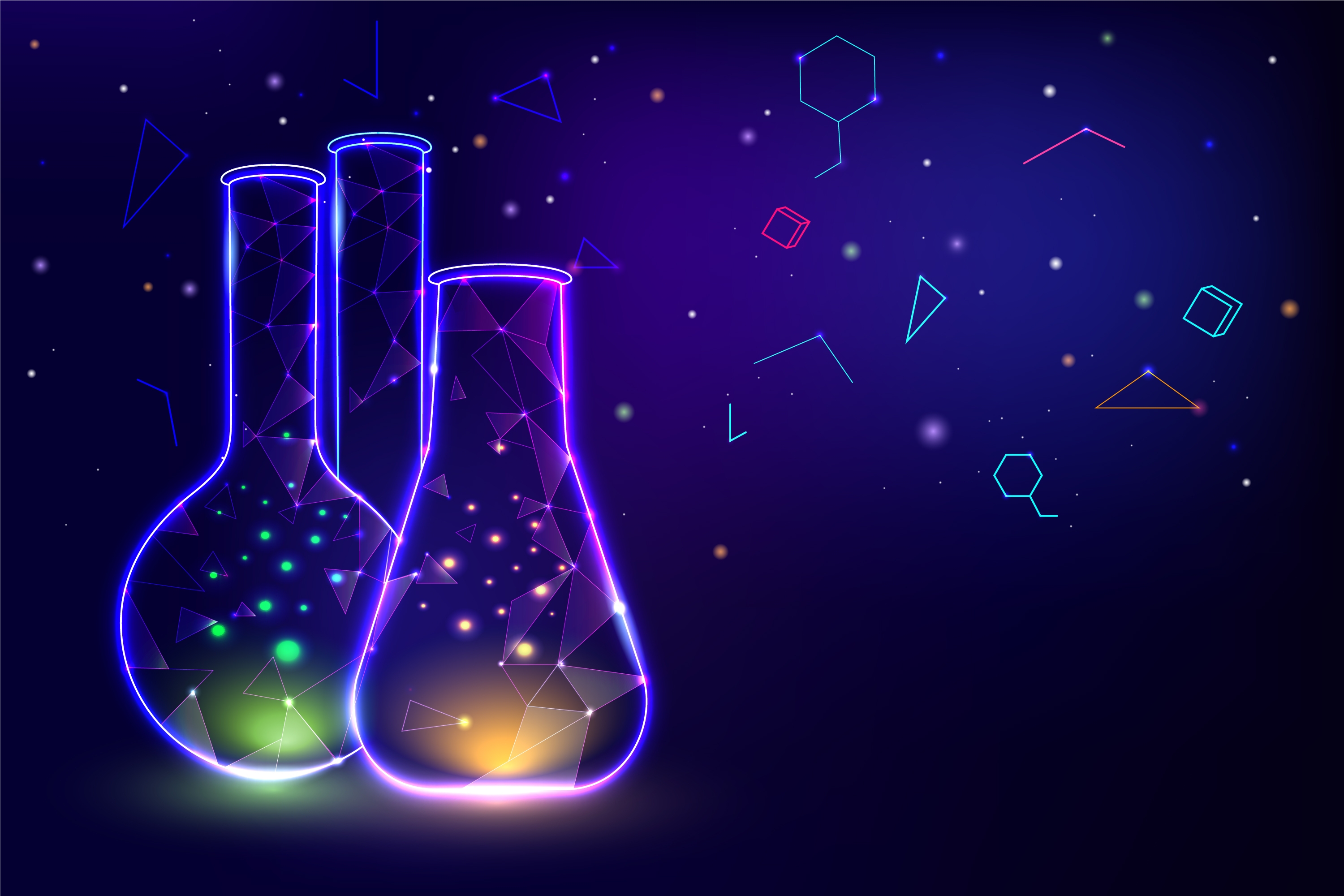Chemistry Atoms First 2e: A Comprehensive Overview of Fundamental Concepts

In the realm of chemistry education, "Chemistry Atoms First 2E" represents a significant advancement in teaching strategies. This textbook shifts the focus from traditional approaches to an atoms-first perspective, allowing students to grasp core concepts through the fundamental building blocks of matter. By emphasizing the role of atoms in chemical reactions, this approach fosters a deeper understanding that equips learners for advanced topics in chemistry.
Readers will find that this text is not just a resource for students but also an invaluable tool for educators seeking to enhance their teaching methods. With carefully structured content and interactive elements, it encourages active engagement and facilitates better retention of complex ideas. This makes it a standout option in a crowded market of chemistry textbooks.
Exploring the features and benefits of "Chemistry: Atoms First 2E" reveals its potential to transform how chemistry is taught and learned. Its practical approach ensures that students can connect theoretical knowledge with real-world applications, paving the way for successful futures in science.
Fundamental Concepts of Chemistry
Chemistry revolves around understanding matter and its interactions. Key concepts include atomic theory, chemical bonds, and molecular geometry, all essential for grasping chemical behavior.
Atomic Theory and Structure
Atomic theory forms the foundation of chemistry. It posits that matter comprises atoms, which are the smallest units retaining element characteristics. Atoms consist of protons, neutrons, and electrons.
- Protons: Positively charged, located in the nucleus.
- Neutrons: Neutral particles, also in the nucleus.
- Electrons: Negatively charged, orbiting the nucleus in energy levels or shells.
The periodic table categorizes elements based on atomic number, reflecting the number of protons. This arrangement reveals trends in chemical properties and reactivity.
Chemical Bonds
Chemical bonds facilitate the combination of atoms to form compounds. There are two primary types: ionic and covalent bonds.
- Ionic bonds result from the transfer of electrons between atoms, leading to charged ions. This usually occurs between metals and nonmetals.
- Covalent bonds involve the sharing of electrons, primarily seen between nonmetals.
These bonds determine the stability and properties of compounds. Bond strength and length can significantly influence molecular behavior and reactions.
Molecular Geometry and Polarity
Molecular geometry describes the three-dimensional arrangement of atoms within a molecule. It plays a critical role in determining a molecule's physical and chemical properties.
Common geometries include:
- Linear
- Trigonal planar
- Tetrahedral
Polarity arises from the distribution of electron density within the molecule. A molecule is polar if it has an uneven charge distribution. This affects solubility, boiling points, and intermolecular interactions. Understanding these concepts aids in predicting molecular behavior in various chemical contexts.
Chemical Reactions and Stoichiometry
Chemical reactions involve the transformation of reactants into products. Stoichiometry provides the quantitative aspect of these reactions, allowing for the calculation of reactant and product amounts.
Balancing Chemical Equations
Balancing chemical equations is crucial for representing chemical reactions accurately. It ensures that the Law of Conservation of Mass is upheld, indicating that atoms are neither created nor destroyed.
To balance an equation, follow these steps:
- Write the unbalanced equation.
- List the number of each type of atom on both sides.
- Adjust coefficients to balance each type of atom.
- Check that all atoms are balanced.
For example, the reaction of hydrogen and oxygen (2H₂ + O₂ → 2H₂O) illustrates the process, with coefficients indicating two molecules of hydrogen gas react with one molecule of oxygen gas to yield two molecules of water.
Reaction Types and Mechanisms
Chemical reactions can be classified into several types, each characterized by distinct mechanisms. Common types include:
- Synthesis Reactions: Two or more reactants combine to form a single product (e.g., A + B → AB).
- Decomposition Reactions: A single compound breaks down into two or more products (e.g., AB → A + B).
- Single Replacement Reactions: An element replaces another in a compound (e.g., A + BC → AC + B).
- Double Replacement Reactions: Components of two compounds exchange partners (e.g., AB + CD → AD + CB).
Understanding these reactions helps in predicting product formation and reaction pathways.
- Questions and Answers
- Opinion
- Motivational and Inspiring Story
- Technology
- Live and Let live
- Focus
- Geopolitics
- Military-Arms/Equipment
- Segurança
- Economy
- Beasts of Nations
- Machine Tools-The “Mother Industry”
- Art
- Causes
- Crafts
- Dance
- Drinks
- Film/Movie
- Fitness
- Food
- Jogos
- Gardening
- Health
- Início
- Literature
- Music
- Networking
- Outro
- Party
- Religion
- Shopping
- Sports
- Theater
- Health and Wellness
- News
- Culture

